Probiotics, the beneficial bacteria that thrive in the gut, play a crucial role in maintaining overall health and well-being. These microorganisms aid in digestion, boost the immune system, and can even impact mood and mental health. Given their importance, it’s essential to include probiotic-rich foods in one’s diet. This blog post explores some of the healthiest foods loaded with probiotics, offering insights into their unique benefits and ways to incorporate them into daily meals.
Greek Yogurt
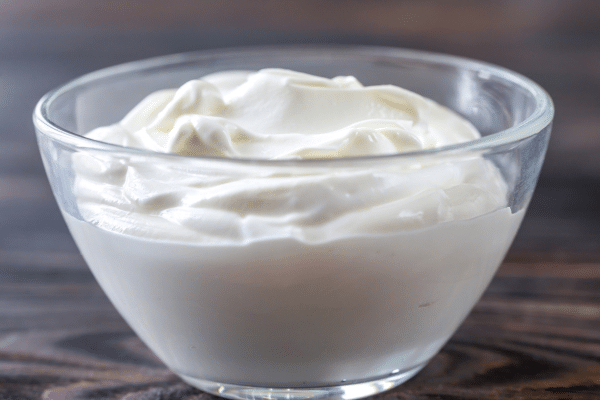
Greek yogurt is a staple in many health-conscious diets, renowned for its creamy texture and high protein content. Beyond these attributes, it is a rich source of probiotics, particularly strains like Lactobacillus and Bifidobacteria. These strains are known to enhance gut health, aid in digestion, and strengthen the immune system. When choosing Greek yogurt, opting for plain, unsweetened varieties is advisable to avoid added sugars, which can negate some health benefits.
Integrating Greek yogurt into a diet is remarkably easy and versatile. It can be enjoyed as a breakfast food, mixed with fruits and nuts, or used as a base for smoothies. Greek yogurt also serves as an excellent substitute for sour cream in recipes, adding a probiotic boost to dishes. Its adaptability in both sweet and savory dishes makes it a convenient and healthy addition to any meal plan.
Kefir
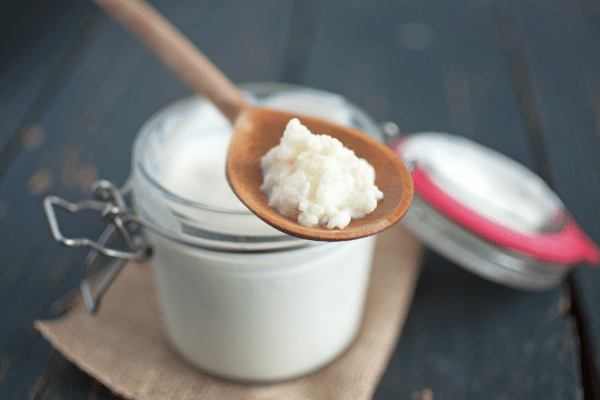
Kefir, a fermented milk drink, is often likened to a liquid form of yogurt. However, it boasts a more diverse range of probiotics, including Lactobacillus kefiri, known to combat harmful bacteria like Salmonella and Helicobacter pylori. This tangy beverage is also rich in calcium and B vitamins, enhancing its nutritional profile. Kefir’s probiotics play a vital role in maintaining a healthy gut microbiome, potentially alleviating digestive issues and boosting the immune system.
Incorporating kefir into daily routines can be both enjoyable and beneficial. It can be consumed on its own as a refreshing drink or blended into smoothies for a probiotic punch. For those who prefer a solid breakfast, kefir can be poured over cereal or granola. Its slightly acidic taste also makes it suitable for making light, fluffy pancakes or as a marinade for meats, demonstrating its culinary versatility.
Kombucha

Kombucha, a fermented tea beverage, has gained immense popularity as a probiotic-rich drink. Its unique fermentation process, involving a symbiotic culture of bacteria and yeast (SCOBY), results in a beverage teeming with various probiotic strains. These beneficial microbes in kombucha are linked to improved digestion, detoxification, and enhanced immune function. Additionally, kombucha is a source of antioxidants, which further contribute to its health benefits. However, moderation is key, as it contains trace amounts of alcohol and caffeine.
This effervescent drink can be a refreshing alternative to soda, offering a tangy taste with less sugar. Kombucha comes in a variety of flavors, appealing to a wide range of palates. It can also be used creatively in the kitchen, such as in salad dressings or as a marinade for meats, adding a unique flavor profile to dishes. For those interested in DIY projects, brewing kombucha at home allows for customization of flavors and sugar content, tailoring it to individual taste preferences.
Sauerkraut
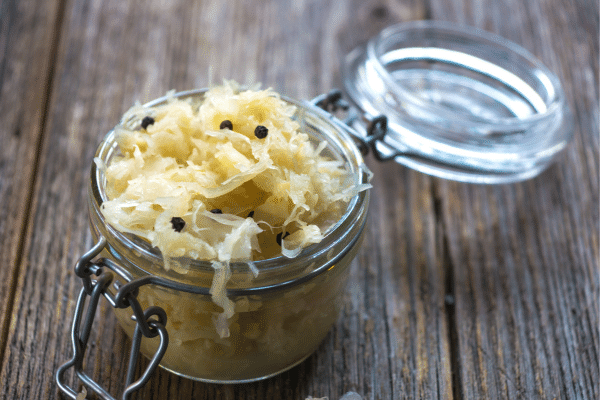
Sauerkraut, a form of fermented cabbage, is a traditional food rich in probiotics, specifically Lactobacillus. The fermentation process not only preserves the cabbage but also enhances its nutritional value, creating a food high in vitamins C and K, as well as dietary fibers. Sauerkraut’s probiotics are beneficial for gut health, aiding in digestion and potentially reducing the risk of certain chronic diseases. It’s crucial to select unpasteurized sauerkraut to ensure it contains live probiotics.
Adding sauerkraut to meals can be both simple and delicious. It can be used as a topping for hot dogs and sandwiches, or as a side dish to complement meats and vegetables. However, it’s important to note that cooking sauerkraut can diminish its probiotic content, so it’s best added to dishes just before serving. For a twist, it can be mixed into salads or used as an ingredient in probiotic-rich smoothies.
Tempeh

Tempeh, a traditional Indonesian product made from fermented soybeans, is a fantastic source of probiotics and a high-quality plant-based protein. Its fermentation process not only makes the nutrients in soybeans more digestible but also introduces beneficial bacteria like Rhizopus oligosporus. These bacteria aid in gut health and contribute to the overall nutritional profile of tempeh, which includes high levels of iron, calcium, and vitamins. Furthermore, tempeh’s firm texture and nutty flavor make it a popular meat substitute in vegetarian and vegan diets.
Tempeh’s versatility in the kitchen is remarkable. It can be sliced, marinated, and pan-fried to create a delicious and nutritious addition to sandwiches, salads, and stir-fries. Alternatively, it can be crumbled and used as a ground meat alternative in tacos and chili. This adaptability makes tempeh an excellent option for those looking to incorporate more plant-based probiotics into their diets.
Miso
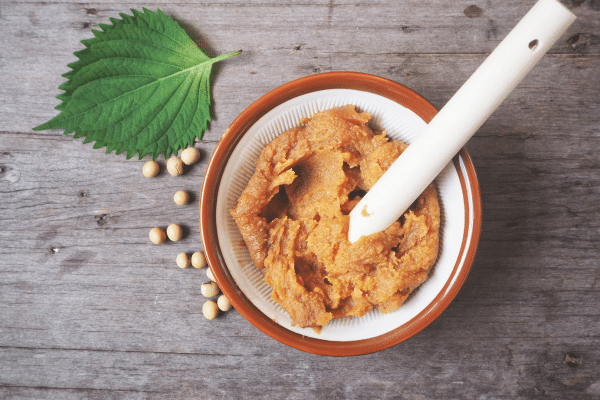
Miso, a staple in Japanese cuisine, is a paste made from fermented soybeans, barley, or rice. The fermentation process, which can take anywhere from a few weeks to several years, introduces a range of probiotic bacteria, particularly Aspergillus oryzae. These bacteria contribute to gut health and are believed to help reduce the risk of diseases, including certain cancers. Miso is also rich in essential minerals and a good source of vitamins B, E, and K.
Miso is most commonly used in miso soup, but its uses extend far beyond this classic dish. It can be used as a seasoning in a variety of recipes, from marinades for fish and meat to dressings for salads and vegetables. Its umami flavor enhances the taste of food without overpowering it, making it a versatile ingredient in the kitchen. However, miso should be added to dishes at the end of cooking to preserve its probiotic content.
Kimchi
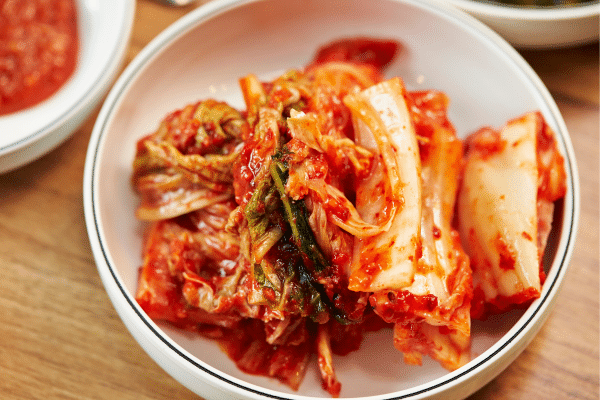
Kimchi, a Korean staple, is a spicy, fermented vegetable dish, usually made with cabbage and a mix of seasonings including chili pepper, garlic, ginger, and scallions. Its fermentation process fosters the growth of lactobacilli, a probiotic that benefits digestive health. Besides its probiotic properties, kimchi is high in vitamins A and C, and also contains anti-inflammatory and antioxidant compounds. The dish varies in flavor and spice level, depending on the recipe and fermentation time.
Kimchi can be consumed on its own or incorporated into a variety of dishes. It adds a spicy, tangy flavor to soups, stir-fries, and rice dishes, and can even be included in sandwiches and burgers for an extra kick. Its bold flavor can transform simple meals into gourmet experiences. Those who enjoy experimenting in the kitchen can try making homemade kimchi, adjusting the level of spices to their preference.
The Bottom Line
Incorporating a variety of probiotic-rich foods into one’s diet is a key aspect of maintaining a healthy gut and overall well-being. Each of these foods offers unique benefits and flavors, making it easy to enjoy a diverse and nutritious diet. By experimenting with different probiotic foods, individuals can discover new tastes and textures, enriching their culinary experiences while boosting their health. Ultimately, the journey towards a healthier lifestyle can be both delicious and rewarding.


